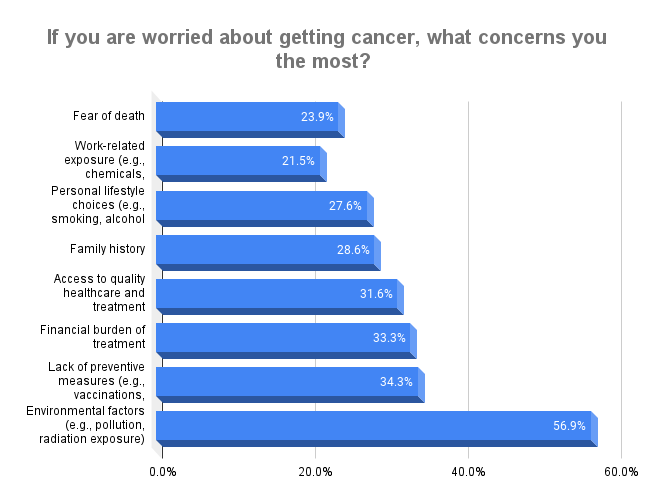 Mumbai has witnessed a significant outbreak with 1,700 cases of Dengue and 267 cases of Chikungunya reported from July to mid-September 2024 as per the Municipal Corporation of Greater Mumbai (BMC’s) health update. BMC attributes this rise to erratic monsoon patterns contributing to increased mosquito breeding.
Mumbai has witnessed a significant outbreak with 1,700 cases of Dengue and 267 cases of Chikungunya reported from July to mid-September 2024 as per the Municipal Corporation of Greater Mumbai (BMC’s) health update. BMC attributes this rise to erratic monsoon patterns contributing to increased mosquito breeding.
Global and Environmental Factors
The World Health Organization highlights that factors such as global travel, unplanned urbanization, and climate change significantly influence the spread of these vector-borne diseases.
The Culprit: Aedes Aegypti Mosquito
Both Dengue and Chikungunya are transmitted by the Aedes aegypti mosquito. This mosquito is most active during daylight hours, particularly around sunrise and sunset, increasing the risk of bites during these times.
Symptoms and Diagnosis
Chikungunya symptoms include:
- High fever (101-105°F)
- Severe joint pain
- Additional symptoms may include chills, headache, nausea, and rash.
Dengue shares similar initial symptoms with Chikungunya, such as high fever and severe pain, but can also lead to:
- Hemorrhagic manifestations
- Severe abdominal pain
- Persistent vomiting
Blood tests are essential for diagnosing these diseases, with specific tests available for each.
Treatment Guidelines: (Consult the Doctor and do not administer medicines on your own)
Treatment primarily involves managing symptoms:
- Fever and Pain: Paracetamol is recommended; Nonsteroidal anti-inflammatory drugs (NSAIDs) can be used carefully to manage joint pain.
- Hydration: At least 3 liters of water per day to counter dehydration.
- Severe Cases: Hospitalization may be necessary for severe Dengue symptoms, including low platelet count and significant blood pressure drops.
Preventive Measures
Preventing mosquito bites is crucial:
- Wear long-sleeved shirts and trousers.
- Use mosquito repellent and nets.
- Avoid water stagnation, which is a breeding ground for mosquitoes.
Community Action
Proper disposal of waste like plastic bottles and ensuring no water is pooled in places such as plant trays or coolers is essential. Covering water containers can prevent mosquito breeding.
As Mumbai battles these health crises, timely community engagement and adherence to health advisories will play a pivotal role in controlling the spread. Awareness, prevention, and timely medical intervention are key to managing Dengue and Chikungunya effectively.
#BeTheForce
 Vitamin D, commonly known as the “sunshine vitamin,” is actually a pro-hormone produced in the body upon exposure to sunlight. This essential nutrient exerts significant influences on multiple systems across the body
Vitamin D, commonly known as the “sunshine vitamin,” is actually a pro-hormone produced in the body upon exposure to sunlight. This essential nutrient exerts significant influences on multiple systems across the body
 The financial aspect of cancer treatment is another grave concern. With 33% of respondents anxious about the economic burden of cancer treatment, it’s clear that the cost is not just financial but also emotional and psychological. Families fear being pushed to financial ruin, with the extensive costs of diagnostics, surgeries, chemotherapy, and ongoing medication looming large over their heads.
The financial aspect of cancer treatment is another grave concern. With 33% of respondents anxious about the economic burden of cancer treatment, it’s clear that the cost is not just financial but also emotional and psychological. Families fear being pushed to financial ruin, with the extensive costs of diagnostics, surgeries, chemotherapy, and ongoing medication looming large over their heads.
 Ever wondered why we do what we do? Why we get up at dawn on any given day, including Sundays? The reason is simple for many of us: it’s either for running or cycling. It’s like a ritual and a moment for ourselves. If you’re into running or cycling, you’ll connect well with what I’m saying. It’s an addiction—and a good one to have!
Ever wondered why we do what we do? Why we get up at dawn on any given day, including Sundays? The reason is simple for many of us: it’s either for running or cycling. It’s like a ritual and a moment for ourselves. If you’re into running or cycling, you’ll connect well with what I’m saying. It’s an addiction—and a good one to have!



